In the vibrant tapestry of Spanish culture, few beverages rival the allure and popularity of sangria. This iconic drink, renowned for its refreshing blend of wine, fruit, and spices, has become synonymous with Spanish leisure and conviviality. But is sangria truly as popular in Spain as its global reputation suggests? Join us on a journey through the history of sangria, its deep-rooted local popularity, and discover authentic Spanish drinks like tinto de verano, along with intriguing alternatives that grace the tables of Spain’s diverse regions.
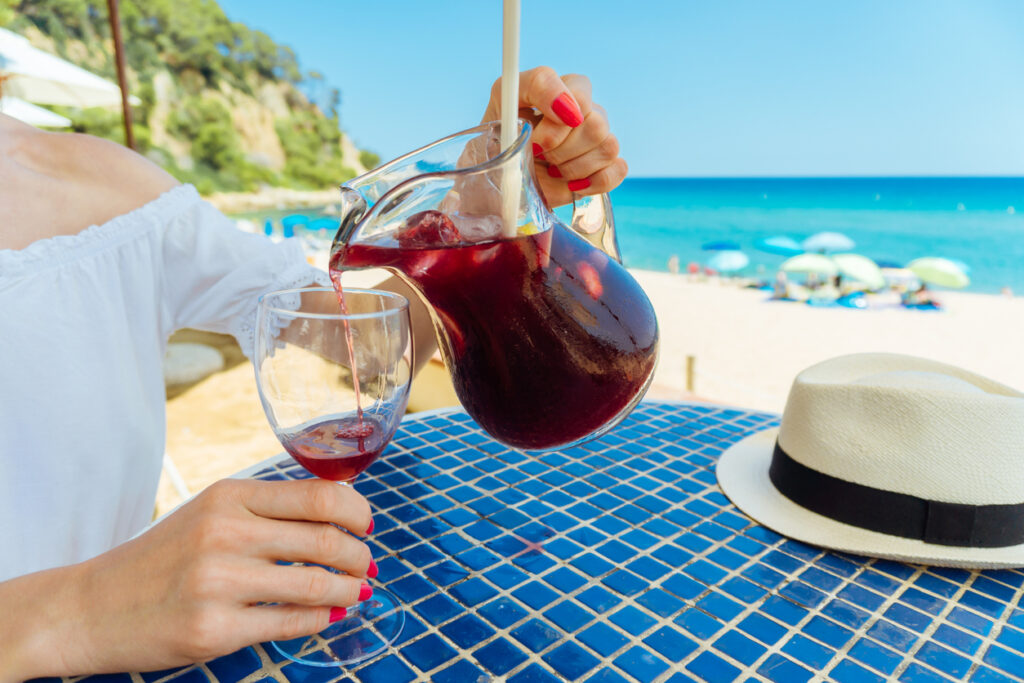
*Note some of the links feature affiliate links. I only recommend items that I 100% love and think you will too!
Introduction
Sangria is often considered the quintessential Spanish drink, especially by tourists visiting Spain. With its bright red color and slices of fresh fruit, a jug of sangria embodies the sunny, vibrant spirit of Spain. Sangria has become an icon of Spanish culture, associated with fiestas, relaxing on sunny terraces, and long, leisurely meals.
However, the truth is a little more nuanced. While sangria is certainly popular in Spain, especially during the summer months, it’s not universally beloved or considered an authentic local drink. Its popularity depends on the region, the occasion, and personal taste. Like paella or flamenco, sangria has been enthusiastically embraced by tourists as a symbol of Spain, even though locals have a more varied relationship with it.
This article will explore the real status of sangria in Spain. Is it truly a staple of Spanish drinking culture or more of a drink tailored to tourist tastes? We’ll also suggest some lesser-known alternatives for visitors who want to drink like the Spanish do.
Popularity of Sangria in Spain
Sangria is one of the most iconic Spanish drinks and is popular throughout the country, even though many may question if sangria truly is popular in Spain. It’s frequently served at restaurants, bars, and tapas spots, especially in touristy areas. Locals and visitors alike enjoy sipping sangria on sunny terraces or alongside tapas.
While sangria has become somewhat of a cliché, it remains genuinely beloved in Spain. Surveys show around 60-70% of Spaniards drink sangria at least occasionally. It’s most popular in the warmer southern regions like Andalusia, where sangria originated. In parts of central and northern Spain, other wine beverages may be preferred. But overall, sangria is widely available and appreciated across the country as a refreshing, fruity wine punch.
Sangria is considered a classic Spanish drink, though it’s not consumed daily. It’s more of a special occasion drink for celebrations, weekends, holidays, or summertime. When the weather gets hot, sangria sales spike as it’s an ideal beverage for patios and beach bars. While sangria has become commercialized for the tourist industry, it still holds an authentic place in Spanish culture and cuisine.
Regional Differences
Sangria enjoys widespread popularity across Spain, but there are some regional variations in just how beloved this wine punch is.
Costa Brava
In areas like Catalonia, Valencia, and the Balearic Islands, sangria is an absolute staple beverage enjoyed year-round. The recipe used in these eastern coastal regions often contains more fruit like peaches and melon, making a sweeter sangria perfect for hot summer days. Locals and tourists alike sip sangria at the beach and on terraces. If you are looking for a great place to drink sangria with amazing views in Barcelona, check out my recommendations here: The Top Barcelona Rooftop Bars for Sagrada Familia Views
If you prefer a tour, this is one of the most popular one’s in Barcelnoa: Barcelona Tipsy Tapas Food Crawl
Central Spain
The central part of Spain is also sangria-obsessed, especially in cities like Madrid and Toledo where sangria flows freely in the many tapas bars and restaurants. This sangria tends to be deeper red in color and made with more wine. Learn more about sangria in Madrid: Quench Your Thirst: The Best Sangria Spots in Madrid
Andalusia
In southern Andalusia, sangria is common but faces some stiff competition from other wine and sherry based drinks. The sangria here contains more brandy or other spirits. If you are in Sevilla you might want to try this: Simply Sangria. If you are in Malaga try this: Tapas Class! Authentic Spanish tapas and Sangría!
Northern Spain
Also, northern regions like Galicia and the Basque Country have a cooler climate less suited to sangria. Here, wine and cider are more popular options. Sangria can still be found in touristy areas but it’s not the quintessential drink of choice. This is one of the most popular tours in San Sebastian – an iconic foodie destination in Spain: San Sebastian: The Ultimate Pintxos and Wine Tour
The Canary Islands
Additionally, the Canary Islands are an interesting mix – sangria is very popular on the largest islands with resort tourism like Tenerife, but less so on the smaller, more remote islands where locally produced wine is preferred. If you are in the Canary Islands, take advantage of a boat tour to try the local sangria and wine: From South Gran Canaria: Boat Tour with Tapas and Drinks
So while sangria is enjoyed everywhere in Spain, it ranges from a culinary icon to just one of many Spanish wine cocktail options depending on the region.
When Do Spaniards Drink Sangria?
Sangria is a popular drink in Spain during the summer months and for celebratory occasions. It’s most commonly consumed during the following times:
- Beach days – Sangria is a staple drink to bring to the beach in Spain during the summer. The combination of wine, fruit, and juice makes it refreshing on a hot day. Many beach bars will also serve sangria. For the best beach spots in Spain: Hit the Beach: Spain’s Ultimate Summer Bucket List
- Festivals – Major summer festivals and events in Spain will often have sangria available. These range from local village festivals to big events like the Running of the Bulls in Pamplona. The festive atmosphere pairs well with sangria’s fun colors and flavors.
- Parties – Sangria is a party staple in Spain. It’s easy to make pitchers of for a crowd. The lower alcohol content makes it easy to drink over a long period of time. Sangria is a fixture at house parties, birthday celebrations, weddings, and other gatherings.
- Holidays – It’s common to serve sangria on holidays, particularly during the summer like Christmas, New Year’s Eve, Easter, and Spanish national holidays. The celebratory nature of the holidays calls for a festive drink like sangria.
- Restaurant meals – Many restaurants will offer sangria to pair with Spanish cuisine. It’s a nice option to enjoy a glass or pitcher of sangria with tapas, paella, or other dishes.
So in summary, sangria consumption peaks during the summer and for celebrations when Spaniards want a refreshing, fruity drink to sip. It’s intertwined with the country’s festive culture.
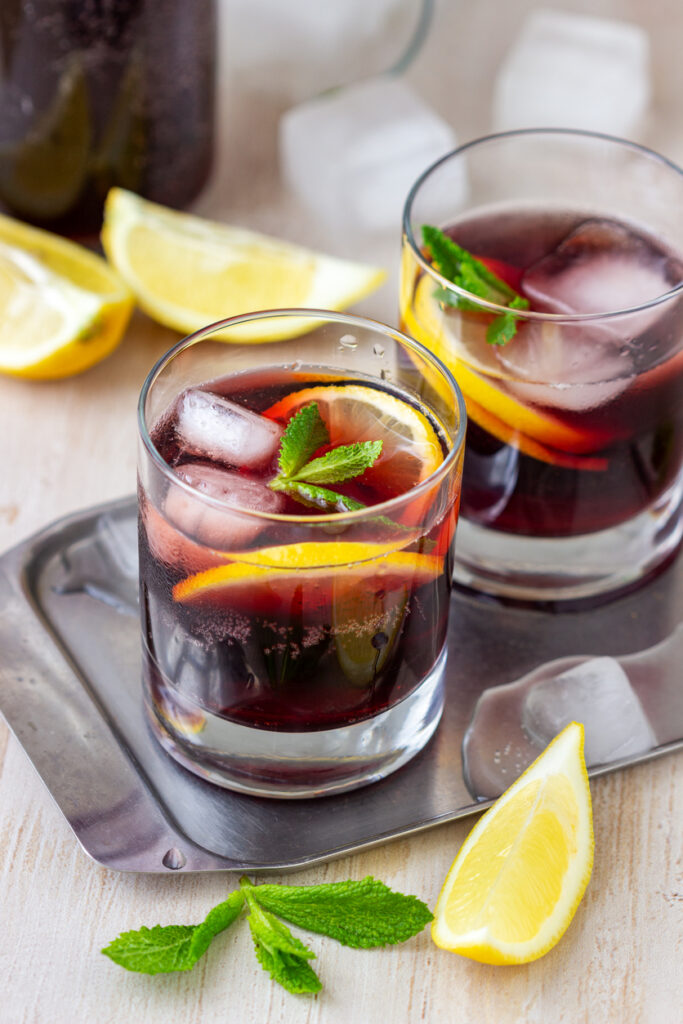
Sangria Alternatives
While sangria may be the most well-known Spanish wine cocktail internationally, it’s far from the only refreshing mixed drink you’ll find in Spain. Sangria is also not necessarily the most popular drink in Spain. Here are some other popular wine cocktail options:
Tinto de Verano
This drink, literally translated as “summer red wine,” is extremely common in Spain. As its name suggests, it’s ideal for hot summer days. To make it, simply mix red wine with lemon-lime soda like Sprite or 7Up, sometimes adding a slice of lemon as garnish. The sweet, bubbly soda balances the dry, tannic red wine beautifully. It’s lower in alcohol than sangria, making it easy to drink multiple glasses.
Kalimotxo
Kalimotxo originated in the Basque region but has spread across Spain. It’s another simple mixture – this time of red wine and cola. The cola’s sweetness offsets the wine’s dryness. It’s very affordable and easy to make, especially popular among younger Spaniards as a casual, fun cocktail.
Clara
Clara is the lighter sister to sangria, made by mixing a small amount of red wine with lemonade or lemon soda. Sometimes brandy is added as well. It has a beautiful pink hue and is less alcoholic than standard sangria. Clara is especially common in Catalonia, where it’s often the house wine at casual restaurants.
Other Wine Cocktails
There are countless other wine cocktail variations you may encounter in Spain. White wine takes the place of red in many versions. Popular mixers include apple juice, peach nectar, cava (Spanish sparkling wine), ginger ale, orange juice, and more. Spanish bartenders get very creative combining wines with fruits, herbs, spices, and sodas. Don’t be afraid to try unique local variations!
Tinto de Verano
Tinto de verano, which translates to “summer red wine,” is another popular Spanish wine cocktail, especially during the hot summer months. It’s made by mixing red wine with lemon-lime soda, such as Lemon Fanta, Sprite, or 7Up.
The origins of tinto de verano are unclear, but it seems to have emerged in the 1980s or 1990s as a lighter, more refreshing version of sangria. Adding soda water to wine was a common practice in Spain to make wine more drinkable in the heat. Tinto de verano builds on this by incorporating lemon-lime soda for additional fizziness and flavor.
Unlike sangria, tinto de verano doesn’t contain chopped fruit or brandy. The simplicity of the drink – just wine, soda, and perhaps a lime wedge – is part of its easy-drinking appeal. It’s meant to be casual and refreshing. Tinto de verano is now served in bars and restaurants across Spain during the summer months, especially in Andalusia. While not as ubiquitous as sangria, it’s a local favorite for quenching thirst on a hot day.
Other Spanish Wine Cocktails
Spain has a vibrant cocktail culture beyond just sangria. Here are some other popular wine-based cocktails you’ll find in bars across Spain:
Kalimotxo
Kalimotxo (or calimocho) is a simple but tasty cocktail made by mixing red wine and cola. It originated in the Basque Country but is now enjoyed all over Spain. The sweetness of the cola balances the dryness of the wine. Kalimotxo is especially popular during the summer months as a refreshing drink.
Zurra
Zurra means “a splash” in Basque. This cocktail is made by mixing equal parts white wine and lemon soda like Sprite or 7Up. The sweet lemon soda cuts the acidity of the wine. Zurra is simple to make and light, making it another great summer refresher.
Tinto de Verano con Naranja
As mentioned earlier, tinto de verano is red wine with lemon soda. For an extra flavor twist, some bars also add fresh orange juice to make a tinto de verano con naranja. The hint of orange complements the citrus from the soda.
Clara
Clara is the simplest wine cocktail of all. It’s made by mixing beer with gaseosa, a sweet carbonated lemon soda similar to lemonade. The beer cuts the sweetness while the gaseosa adds a refreshing flavor. Clara is very common in Andalusia during the intense summer heat.
So while sangria may be the most famous, it’s just one of many delicious Spanish wine cocktails you’ll find being enjoyed year-round.
Non-Alcoholic Options
Spain has many refreshing non-alcoholic beverages that are great alternatives to sangria.
Fruit Juices
Fresh fruit juices are very popular in Spain. Some of the most common are orange juice (zumo de naranja) and lemon juice (zumo de limón). These citrus juices are squeezed fresh and served chilled. Other popular fruit juice flavors include peach (melocotón), pear (pera), apple (manzana), and grapefruit (pomelo).
Horchata
Horchata is a traditional Spanish drink made from tigernuts and sugar. It has a sweet, creamy, nutty taste and refreshing texture. Horchata is served ice cold which makes it perfect for hot summer days. It originates from Valencia but is enjoyed all over Spain.
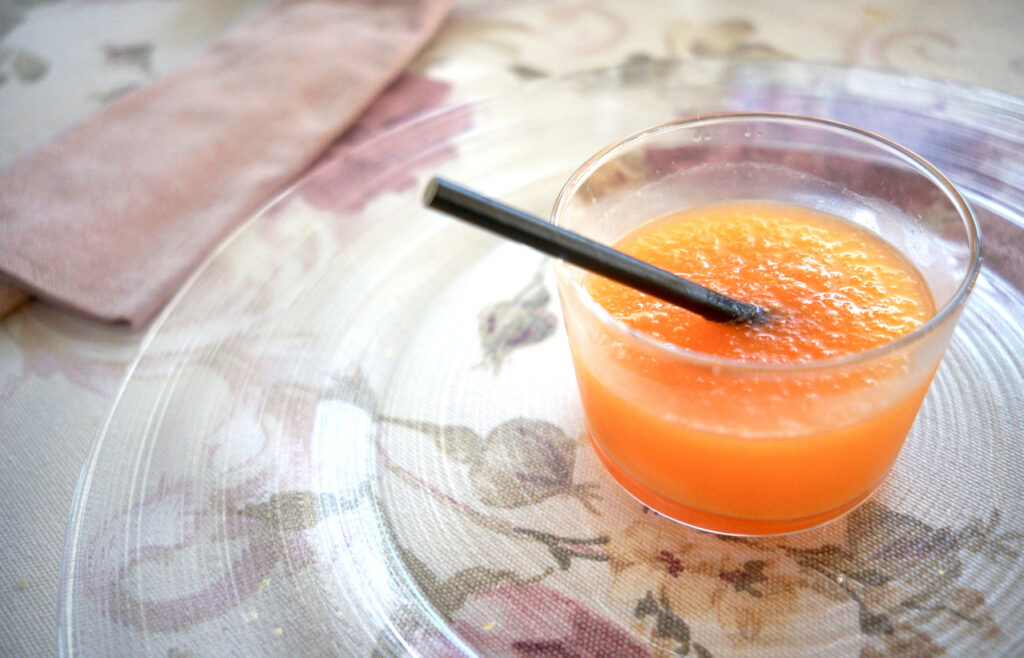
Agua de Valencia
Agua de Valencia is a non-alcoholic cocktail that originated in Valencia. It’s made with fresh orange juice, lemon soda, and sometimes a splash of orange liqueur. The sweet citrus flavor makes it a refreshing alternative to sangria.
Café con Leche
Café con leche is coffee with milk, similar to a latte. It’s a typical breakfast drink in Spain that can be enjoyed any time of day. The ratio of coffee to milk can be adjusted to taste. It provides a nice caffeine boost without the effects of alcohol.
Other Non-Alcoholic Drinks
Other options include sodas (gaseosa) like Coca-Cola, juices like apple (zumo de manzana) or peach (zumo de melocotón), milk (leche), mineral water (agua mineral), and of course water (agua). While less traditional than sangria, these provide hydration without alcohol.
So while sangria is popular in Spain, there are many delicious non-alcoholic alternatives to enjoy as well. The variety of fresh juices, coffees, and soft drinks offer refreshing options for people of all ages.
Which is More Authentic?
There is some debate over whether sangria should really be considered an authentic Spanish drink. While sangria is widely available and popular with tourists in Spain, some argue that it was actually invented fairly recently, likely for export and tourism.
Traditional Spanish drinks would be things like tinto de verano, fino or manzanilla sherry, and regional wines. Sangria arguably became popularized in Spain during the 1960s and 70s when tourism started booming. The combination of wine, fruit, sugar, and brandy was appealing to foreign palettes not accustomed to the dry Spanish wines.
So while sangria has certainly become ingrained in Spanish culture today, especially in the summer months, its origins are not as old or authentic as some other local drinks. From a purist standpoint, sangria could be seen as an “inauthentic” drink that was invented to appeal to tourists rather than a long-standing traditional beverage in Spain. But from a practical standpoint, sangria is now widely enjoyed across Spain, so most Spaniards today would likely consider it an authentic part of modern Spanish culture.
Conclusion
Sangria has become an iconic drink associated with Spain, especially in the eyes of tourists and those abroad. Within Spain itself, sangria enjoys widespread popularity, though more so in some regions compared to others. Its sweet fruity taste makes it a refreshing choice during the hot summer months. While sangria originated from adding fruit to red wine, Spaniards today enjoy experimenting with many variations and alternatives.
The tinto de verano, made with red wine and lemon-lime soda, offers a lighter option without diluting the wine’s flavor. Other wine punches like zurra and calimocho also provide a budget-friendly way to enjoy Spanish wines. For non-alcoholic choices, juices, sodas, and agua con gas are refreshing beverages to pair with meals.
When it comes to authenticity, there is no definitive answer. Both sangria and other local drinks have their place in Spanish culture. Sangria has certainly become an iconic beverage, but it does not eclipse the diversity of drinks across Spain’s regions. Most importantly, Spaniards choose what they enjoy drinking, whether sangria, local wines, or non-alcoholic options. The beverage experience in Spain offers something for every taste and occasion.
FAQs: Spanish Beverages
1. Do Spanish locals drink sangria?
While sangria is popular among tourists visiting Spain, it is not as commonly consumed by locals on a day-to-day basis. Sangria is often associated with special occasions, celebrations, or summer gatherings, rather than being a staple drink in Spanish households. Locals may enjoy sangria occasionally, but they typically opt for other beverages in their daily lives.
2. Why is sangria so popular in Spain?
Sangria’s popularity in Spain can be attributed to several factors. Its refreshing and fruity flavor makes it a popular choice for outdoor gatherings, especially during hot summer months. Additionally, sangria is easy to prepare in large batches, making it suitable for sharing with friends and family. Its vibrant colors and association with Spanish culture also contribute to its popularity among tourists seeking an authentic taste of Spain.
3. What do Spaniards drink instead of sangria?
While sangria may be enjoyed on special occasions, Spaniards typically prefer other beverages in their daily lives. Some popular alternatives include:
- Wine: Spain is known for its diverse selection of wines, including red, white, and rosé varieties from regions such as Rioja, Ribera del Duero, and Priorat.
- Beer: Spanish beer, both domestic and imported, is widely consumed, especially during social gatherings or while enjoying tapas.
- Vermouth: Vermouth, either red (vermut rojo) or white (vermut blanco), is a popular aperitif in Spain, often enjoyed with olives or other tapas before a meal.
4. What is the most popular drink in Spain?
One of the most popular drinks in Spain is wine. Spain has a rich tradition of winemaking, and its wines are enjoyed both domestically and internationally. Whether it’s a glass of Rioja with dinner, a refreshing glass of Albariño on a hot summer day, or a celebratory Cava toast, wine plays a central role in Spanish culinary culture. Additionally, beer and vermouth are also widely consumed, especially during social gatherings and meals.
Tapas and Drinks in Spain
Discover the top sangria spots and tapas bars in Madrid in these guides, which also offer must-see attractions and tips for a weekend in the city. Dive into the world of tapas with a foodie's adventure in Barcelona and explore Madrid's best tapas bars with a comprehensive bar crawl guide.
Quench Your Thirst: The Best Sangria Spots in Madrid
Embark on a flavorful adventure through Madrid's bustling streets with a guide to the city's best sangria spots, where each glass is a celebration of Spanish tradition and taste.
Madrid in a Weekend: Must-See Attractions, Tapas, and Tips
Experience the essence of Madrid in just a weekend with this comprehensive guide, featuring must-see attractions, tantalizing tapas hotspots, and insider tips for a memorable Spanish escape.
Bite-Size Barcelona: A Foodie's Adventure into the World of Tapas
Embark on a culinary journey through Barcelona's vibrant food scene, exploring the rich tapestry of flavors and culture behind Spain's iconic tapas, one bite at a time
The Best Tapas in Madrid: The Tapas Bar Crawl Guide
Indulge in Madrid's rich tapestry of flavors with this ultimate tapas bar crawl guide, unveiling the city's best bites and the stories behind them.
The information in this article is for informational purposes only and may not reflect the most current updates; please verify details independently before making travel plans. Always check with local sources before confirming your plans.
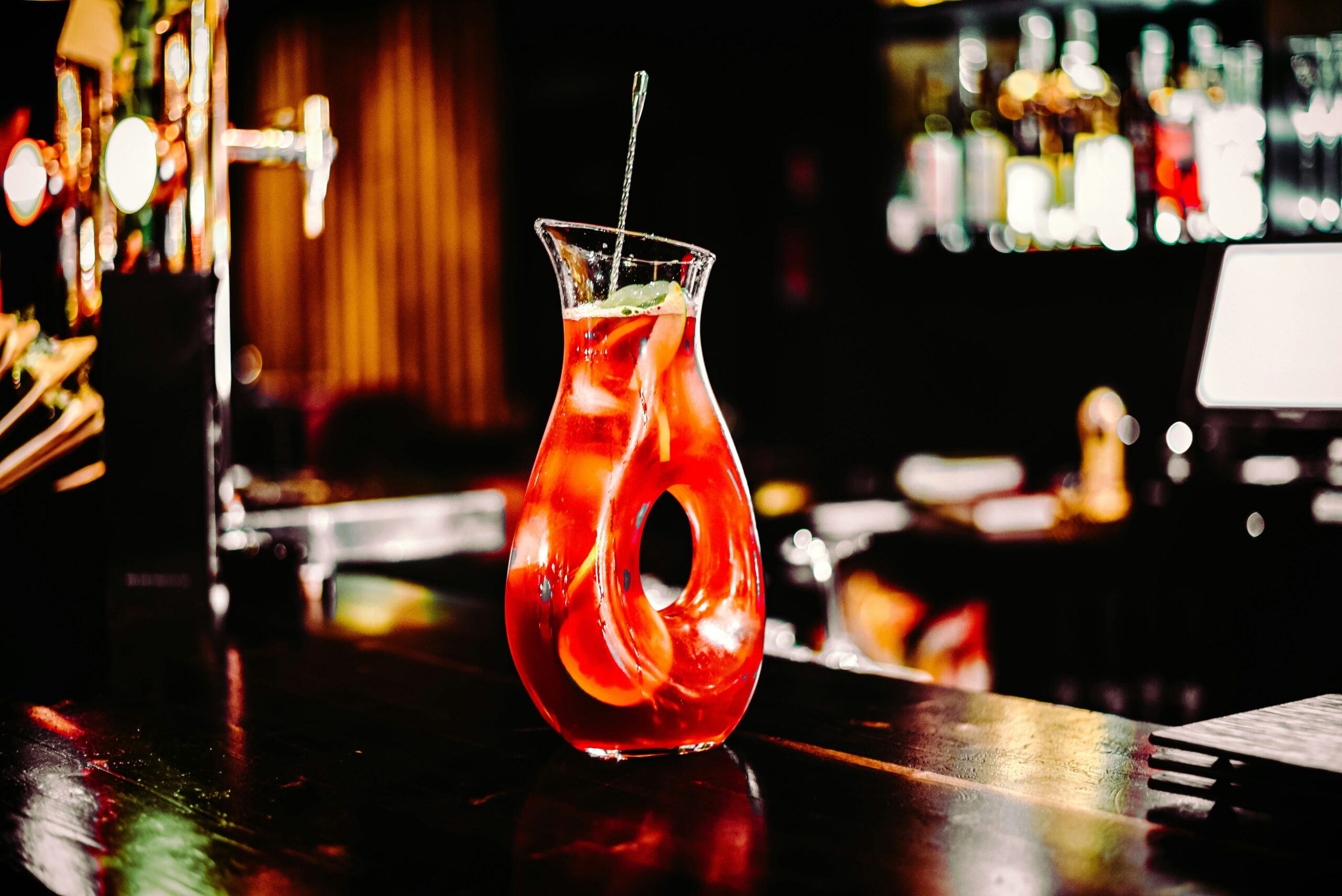
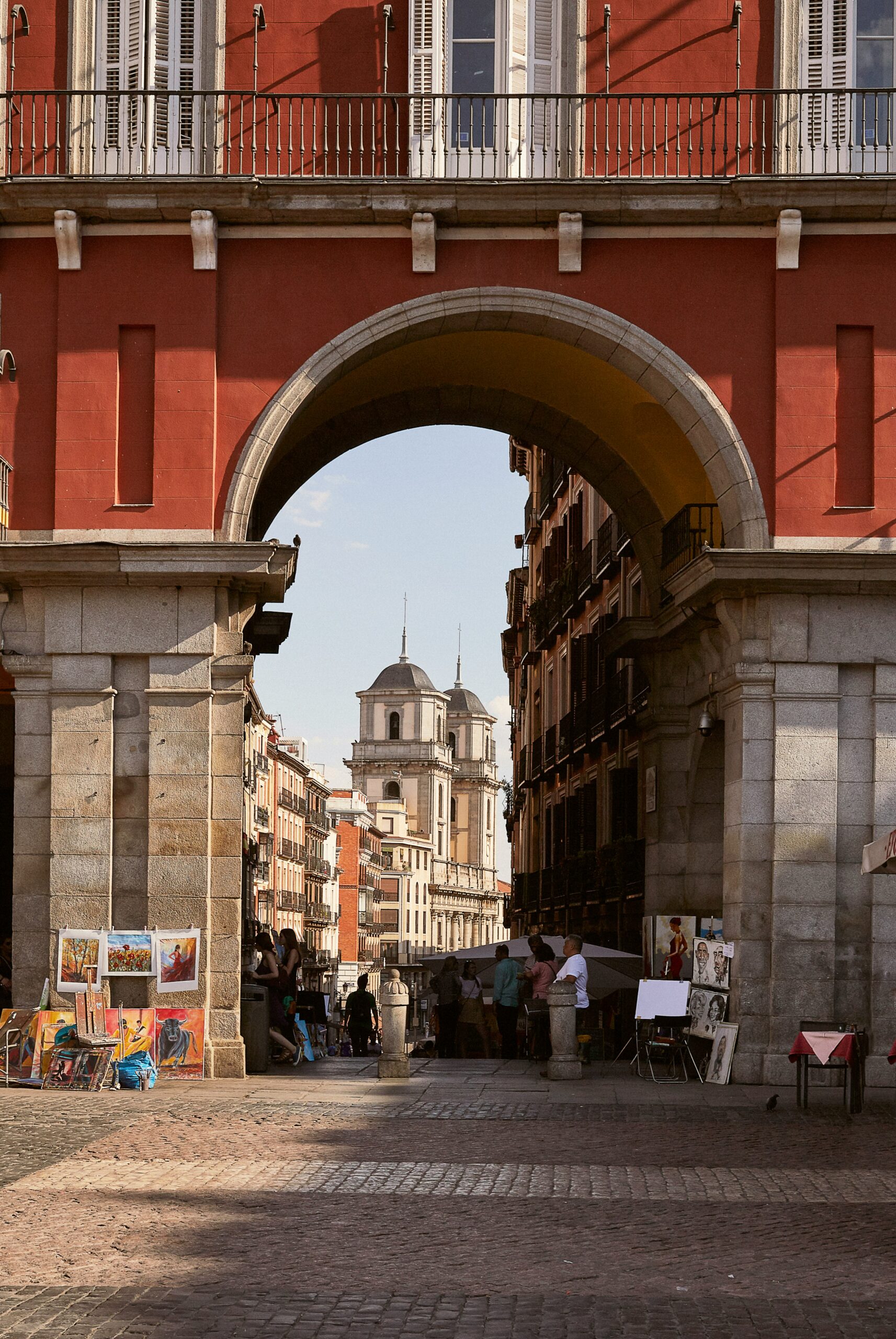
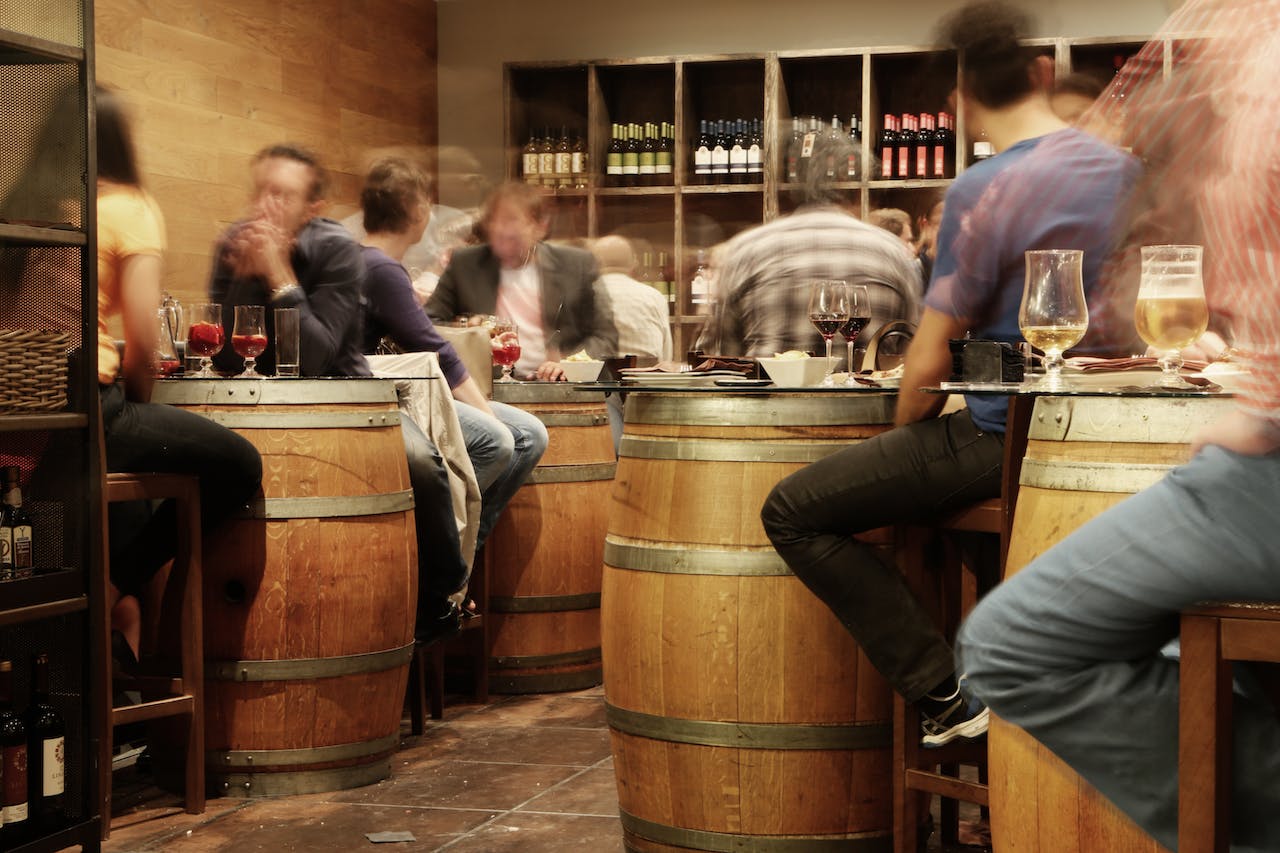
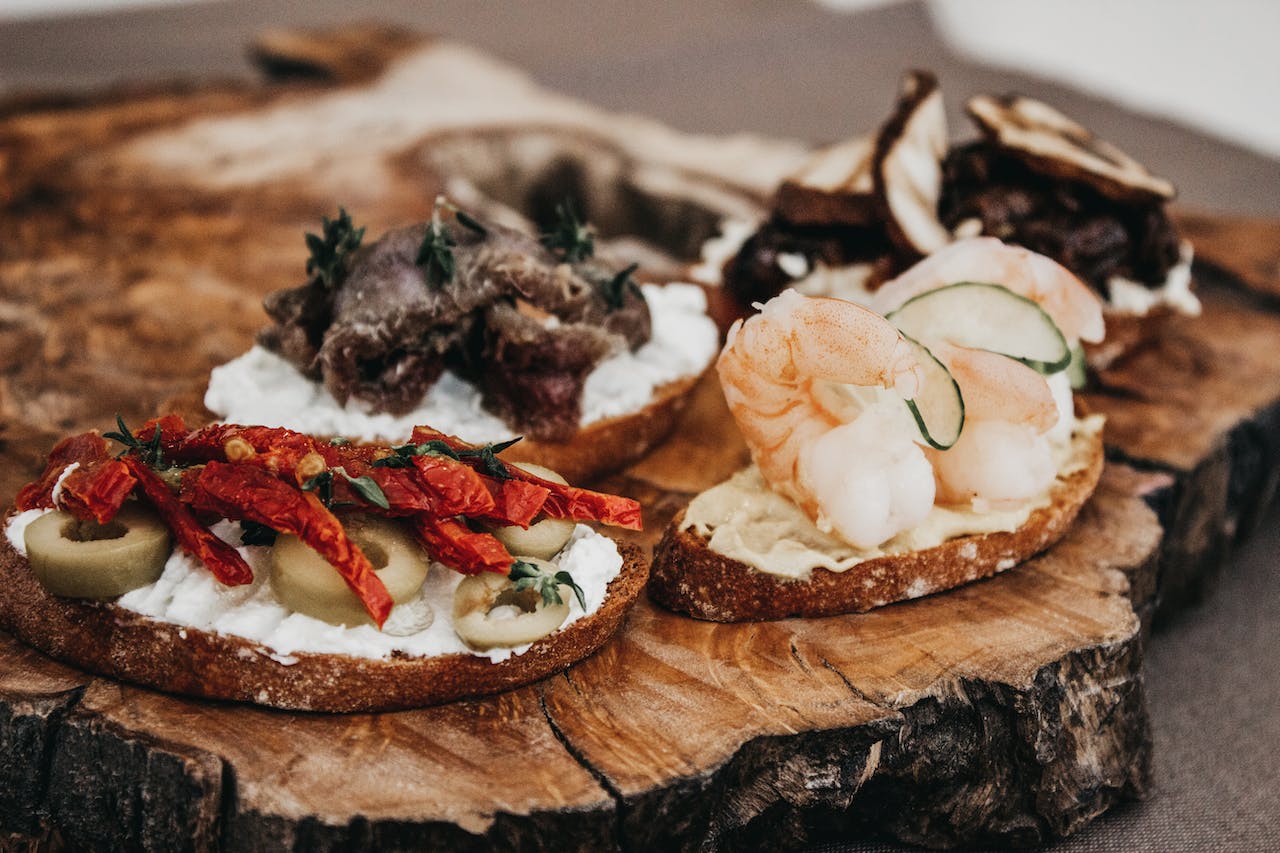
Comments Off on Is Sangria Still Popular in Spain?